7 things you should never leave out in your yard — but probably do

Whether you have a sprawling backyard or cozy porch, our outdoor spaces are an extension of our homes. And so it’s common to use these as useful storage areas, especially if you lack space.
But while it might seem perfectly harmless to leave things outdoors — tucked away at the back or in the corner, there are some common things you should never leave out in your yard.
Similar to the reasons for things you should never store in your garage, our yards are subject to the elements and prone to fluctuating temperatures all year round. Not only can extreme heat or damp conditions destroy certain items, rendering them useless, but certain things could attract pests, rodents or even thieves, which is one reason why you should secure your shed.
So, if you want to preserve your treasured items (or avoid rats), here are the things you should never leave out in your yard — but probably do.
1. Yard/lawn products
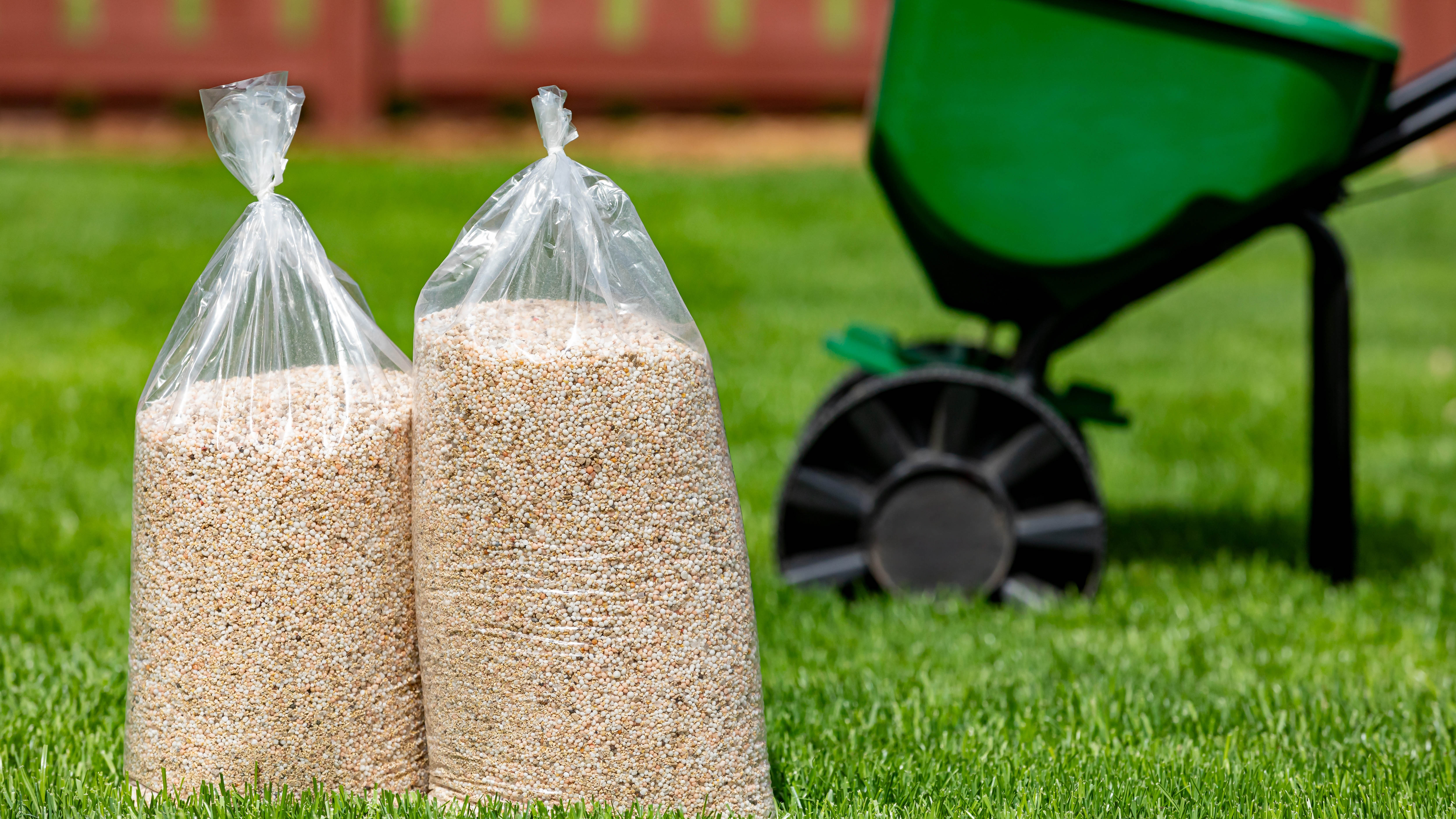
Whether you’re busy tackling those essential gardening tasks, or banishing weeds, it can be convenient to just leave your yard or lawn products outside. This is especially the case if you’re short on storage space, or need them at hand — ready to use.
However, items such as weed killer, fertilizers or other plant feeds should never be left outdoors. Firstly, such products are toxic if accidentally ingested by children or pets. Secondly, the fluctuating weather temperatures outside could compromise their effectiveness.
Ideally, store fertilizers or any other yard products in a dry and elevated space. In particular, bags of mulch and soil should be properly sealed and stored away, as these can attract rats or mice to your home. Only take these out into the yard during use, and remember to put them back immediately.
Get instant access to breaking news, the hottest reviews, great deals and helpful tips.
KVR Upgraded Garden Kneeler and Seat: was $69 now $39 @ Amazon
This comfortable kneeler and seat is suitable for a whole range of tasks in the yard. The thick material provides added support to protect your knees from pain and keeps you steady. It also has two large tool pouches for keeping everything at hand.
2. Bicycles and scooters
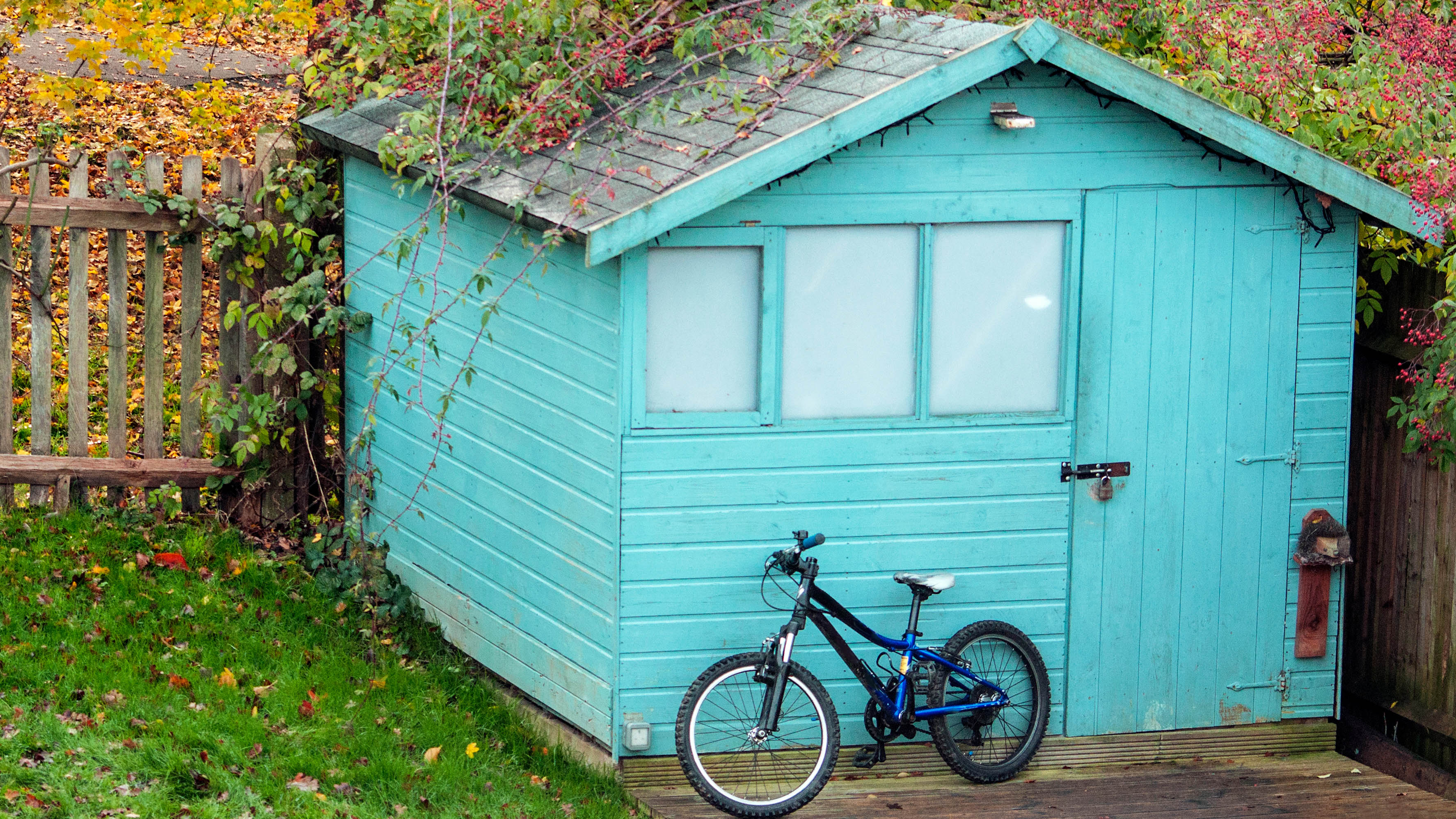
It’s common for many households to leave their family bicycles or scooters in the yard — but this is a no-no. Besides being susceptible to theft, if not properly secured, bicycles are also exposed to the changing elements.
Rain or moisture can lead to metal rust or other long-term damage. It’s advisable to store your bike or scooter in a sheltered, secure area such as a shed, garage or somewhere indoors. Just avoid things you should never store in the shed or it will probably do more damage than good.
3. Yard waste
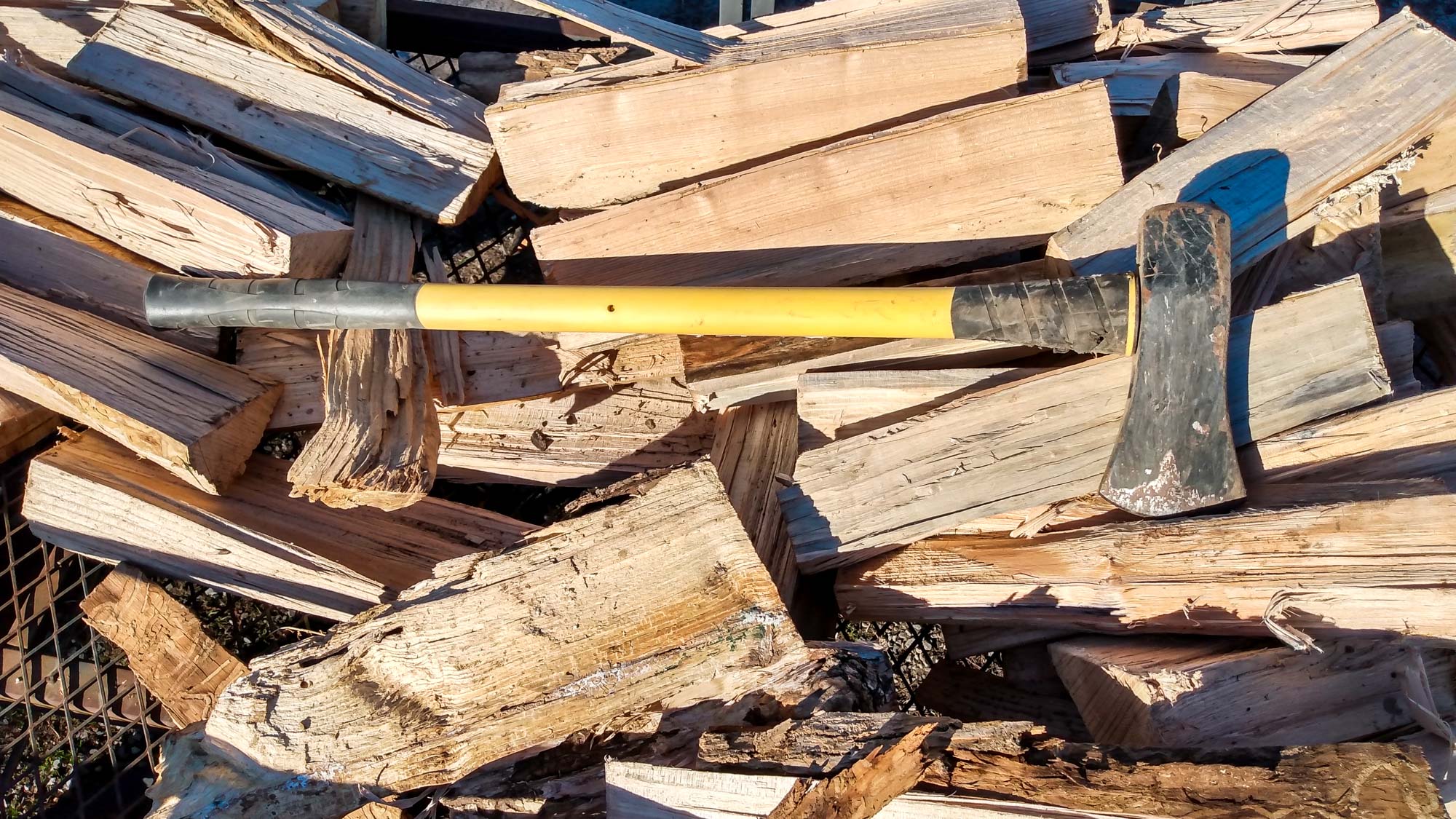
Maintaining a backyard can be time-consuming, and so it can be easy to accumulate yard waste and lawn debris. However, avoid leaving waste in your yard for long periods of time.
Not only does it make your yard look messy and unsightly, but it can attract rodents or other pests such as spiders to your home. What’s more, it can cause fungus which would ruin your lawn or plants.
It’s best to dispose of raked leaves, or grass clippings, as soon as possible. You can always add organic waste to your compost or reuse grass clippings after mowing.
Pest experts also recommend storing firewood piles away from the home exterior because they could become a harborage site for spiders, including the black widow.
4. Standing water
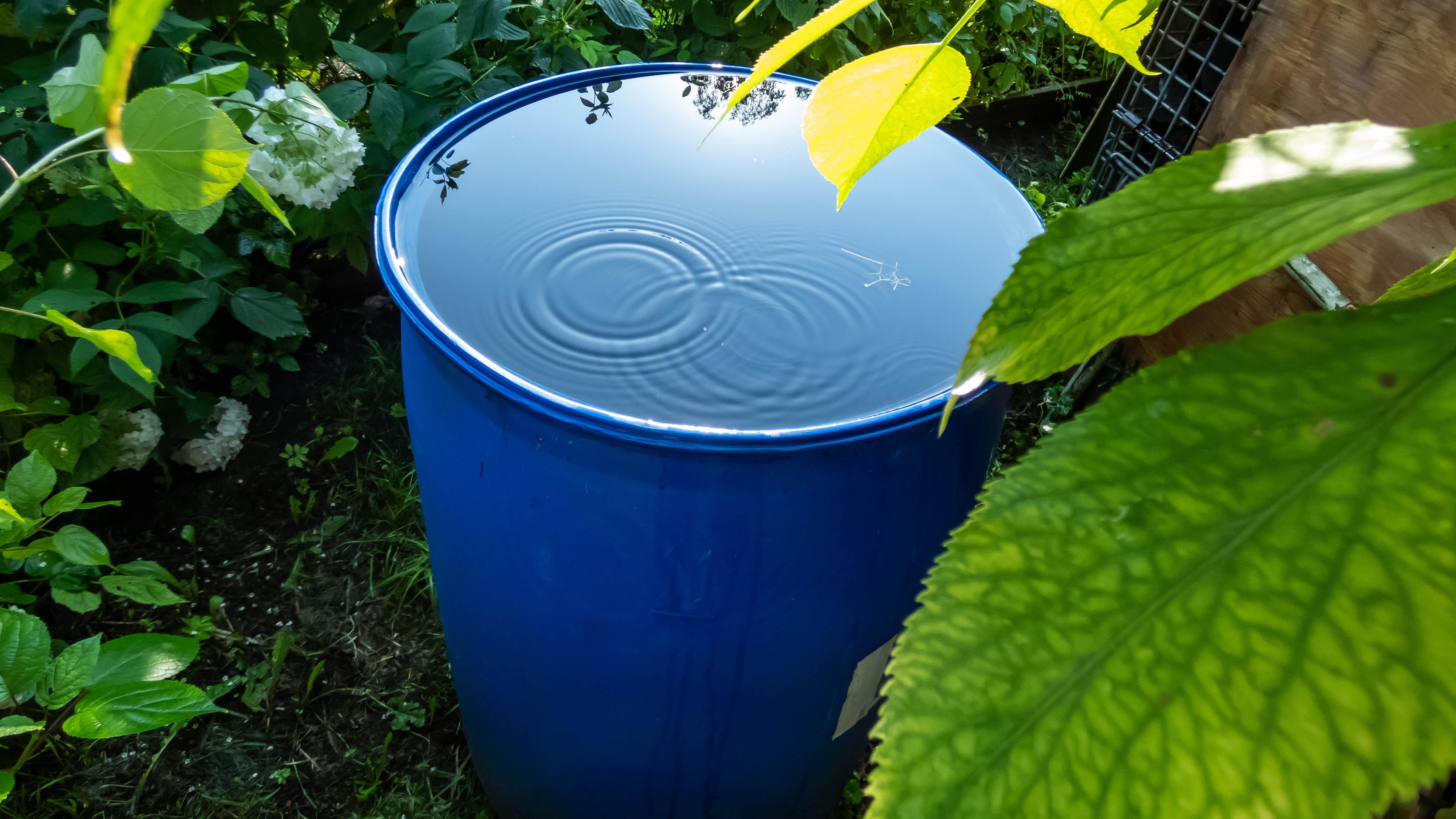
If you have empty buckets, plant containers, bird baths or even pet bowls lying around, these can quickly get filled in rainy weather. However, you should never leave standing water in your yard.
Stagnant water is the number one attraction for mosquitoes in your yard, and once they lay their eggs, can quickly become a breeding ground. Always remove such sources of moisture immediately, and if you have a pond or a water feature in your yard, make sure you keep these spaces clean.
If you do want to recycle water, a rain barrel is a great way to collect rainwater and reuse it around your yard. Alternatively, you can check out these expert tips on how to save water in your yard.
5. Wicker patio furniture

Whether you’re relaxing outdoors or hosting gatherings, patio furniture is practical, and can also give your backyard an instant makeover. Surprisingly, however, you should avoid storing wicker or wood furniture outdoors.
This is because materials like wicker and wood are susceptible to damage by cold or extreme weather over time. Before buying furniture for your yard, it’s best to choose durable and weatherproof materials such as rattan, teak, or plastic — that can be left outside all year round.
In addition, always bring any seat cushions, throws or outdoor rugs indoors after use, and store in a dry place. It's particularly important as the weather changes, and is one of the tips to get your yard ready for fall.
6. Yard hoses
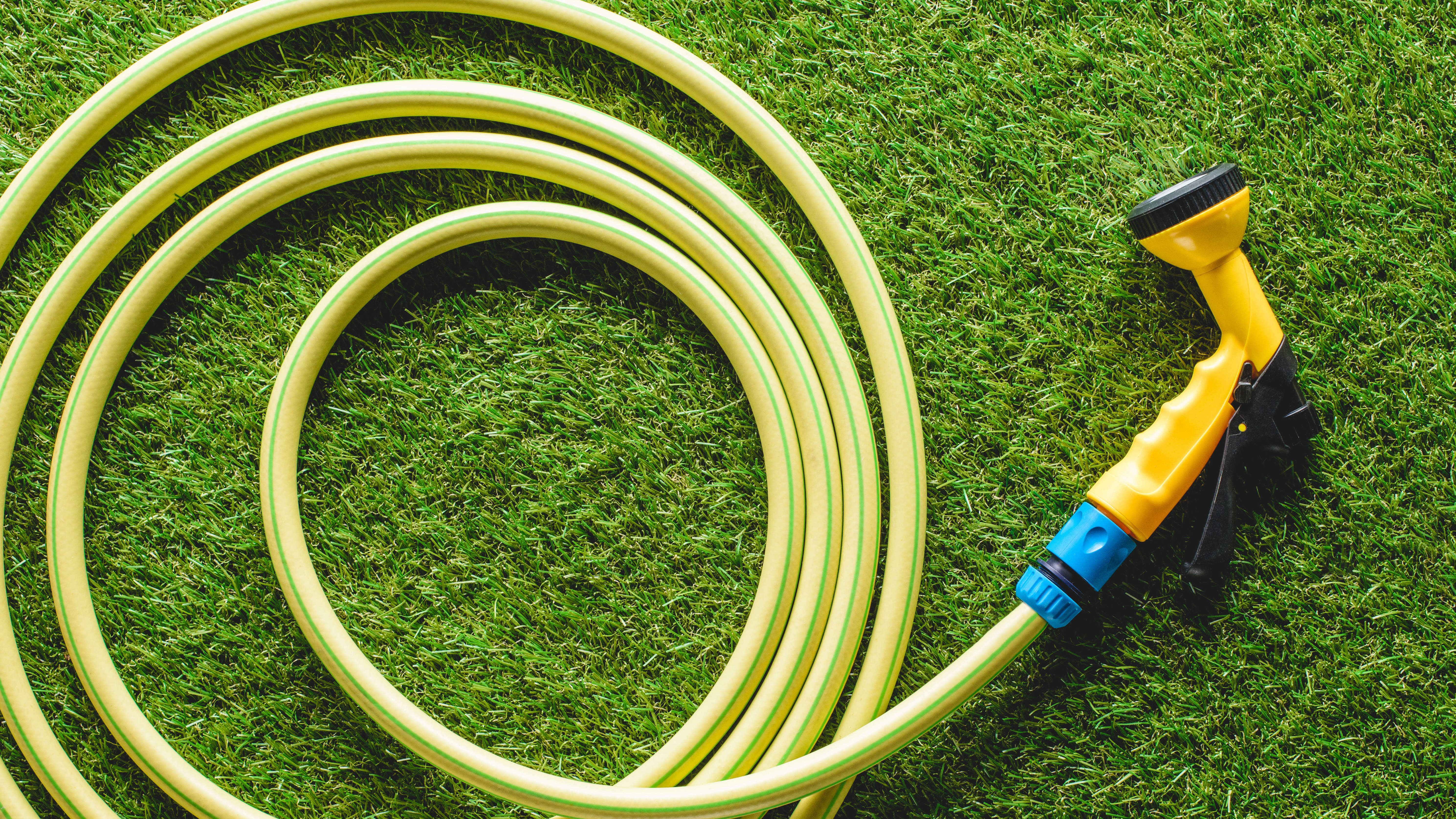
Another surprising item that you should never leave in your yard are garden hoses. And considering that it’s only used in the backyard, it seems the most obvious place.
Uncoiled garden hoses are susceptible to fluctuating weather temperatures. As a result, this can either cause them to crack or harden if exposed to heat during summer or the water inside could freeze during winter — causing it to potentially rupture.
Ideally, keep hoses off the ground at all times, in a reel or dedicated holder, and store away in the shed, garage or other dry place. Additionally, an uncoiled hose is a potential tripping hazard, so after use, ensure you put it out of the way
7. Toys and outdoor games
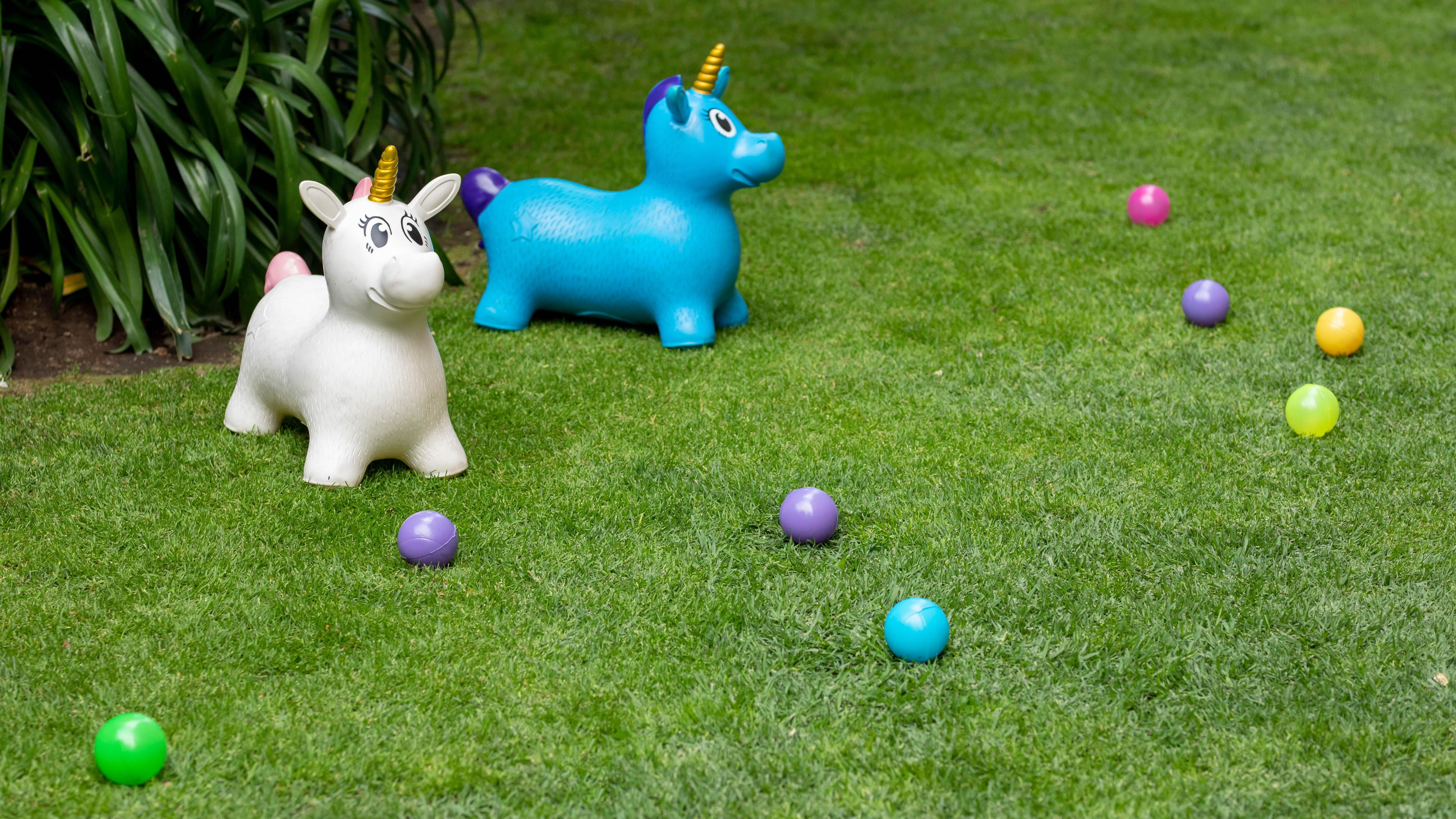
Anyone with young children knows the perils of having toys and games left on the lawn. And while it might seem convenient to leave outdoor games in the yard, this is a no-no.
Plastic toys or wooden games can harbor moisture or damp, which could degrade over time. Additionally, mold or even tiny pests could find the perfect breeding ground in soft toys such as a teddy bear — which could pose a risk to a child.
Make sure all toys are taken inside at the end of each day, or you can create a designated games storage area in the shed to make it more accessible for outdoor play.
More from Tom's Guide
- 7 things you should never store in the shed — but probably are
- Plus, 7 things you should never store in your garage
- And 11 storage hacks to get your garage organized

As the Homes Content Editor, Cynthia Lawrence covers all things homes, interior decorating, and garden-related. She has a wealth of editorial experience testing the latest, ‘must-have’ home appliances, writing buying guides and the handy ‘how to’ features.
Her work has been published in various titles including, T3, Top Ten Reviews, Ideal Home, Real Homes, Livingetc. and House Beautiful, amongst many.
With a rather unhealthy obsession for all things homes and interiors, she also has an interior design blog for style inspiration and savvy storage solutions (get rid of that clutter!). When she’s not testing cool products, she’ll be searching online for more decor ideas to spruce up her family home or looking for a great bargain!

